In an increasingly digital age, many traditional sectors are experiencing transformative shifts, and the restaurant industry is no exception. The age-old paper menus are being replaced by digital counterparts, offering a richer, more interactive dining experience.
This article delves deep into the evolution of digital menus, their advantages, challenges, and what this means for the future dining landscape.
The Evolution of Restaurant Menus
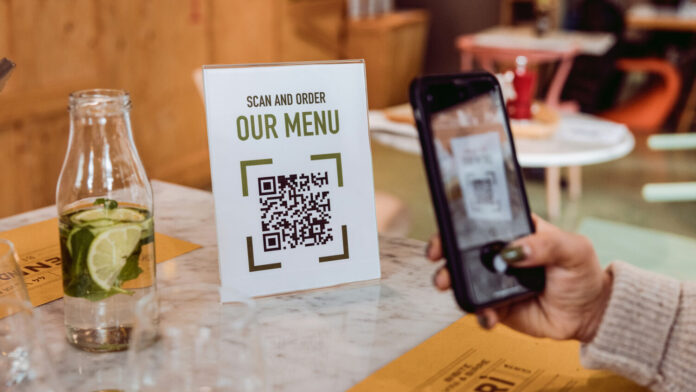
Long before the advent of paper or parchment, menus were orally communicated. Early diners would often rely on the descriptions or recommendations provided by servers or hosts, which also meant that the offerings were limited and heavily dependent on the day’s catch or harvest.
As societies advanced and culinary arts became more sophisticated, the oral tradition was replaced by physical menus, offering patrons a tangible representation of a broader range of dining choices. This shift to paper provided restaurants with the means to showcase their culinary prowess, establish brand identity, and set customer expectations even before a dish arrived at the table.
Fast forward to the 21st century, and the trend is rapidly moving towards digital menus. Enabled by advances in touchscreen technology and software solutions, digital menus are not just a nod to modernity but also cater to an audience that values interactivity and real-time information.
The Advantages of Digital Menus
A digital menu brings a plethora of benefits, not only enriching the customer’s experience but also aiding restaurant operators in various aspects of business operations.
- Dynamic Content: Unlike traditional paper menus that require reprinting for any changes, digital menus allow restaurants to instantly update offerings, prices, or ingredients based on seasonality, availability, or current promotions.
- Interactivity: Customers can easily filter options based on dietary preferences, view detailed descriptions, or even see images or videos of dishes being prepared.
- Sustainability: Digital menus reduce the need for paper, which is not only environmentally friendly but also cuts down on printing costs.
- Upselling Opportunities: Restaurants can highlight daily specials or best-selling items, influencing customers’ choices subtly and boosting sales.
- Multilingual Support: For establishments in tourist hotspots, digital menus can easily be translated into multiple languages, enhancing the overall dining experience for international visitors.
Challenges Associated with Digital Menus
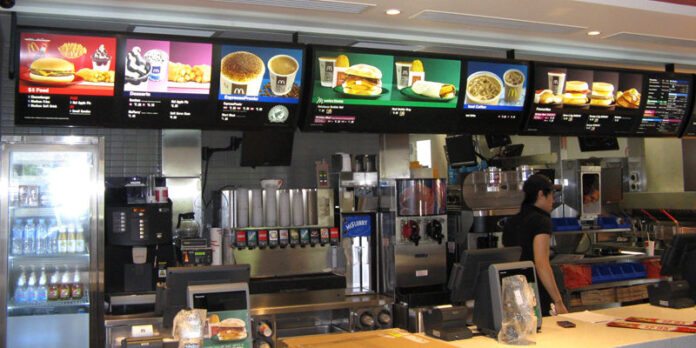
Transitioning from traditional paper to digital menus comes with its fair share of challenges. While the advantages often outweigh the cons, it’s essential for restaurant owners to understand and prepare for these hurdles.
- Initial Investment: The cost of procuring the necessary hardware and software for digital menu systems can be significant, especially for smaller establishments or those just starting. This includes touch screens, backend servers, and sometimes even customer devices.
- Tech Glitches: All digital platforms are vulnerable to technical hitches. From software bugs to hardware malfunctions, there’s potential for unexpected issues that could disrupt the smooth operation of the restaurant. It’s essential to have an IT support system in place, ready to troubleshoot and solve problems swiftly.
- Training: Adapting to a new system requires time and effort. Staff, especially those accustomed to traditional methods, need training to familiarize themselves with the digital setup. This can sometimes lead to resistance, delays, or errors as they get used to the new system.
- Over-reliance: There’s a risk associated with putting all one’s eggs in the digital basket. If a system crashes during peak hours, it can result in chaos, potentially leading to unsatisfied customers and loss of revenue. It’s crucial to have a backup plan, such as a limited paper menu or an alternative ordering method.
- Security Concerns: Digital platforms, especially those integrated with payment systems or customer databases, are targets for cyber-attacks. Restaurants need to ensure robust security measures to protect customer data and transactions.
- Detachment from Personal Touch: While digital menus can enhance efficiency, there’s a potential risk of losing the personal touch that many diners cherish. Some customers prefer human recommendations over algorithmic suggestions and might feel that the dining experience becomes too impersonal with digital interfaces.
- Maintenance Costs: Digital devices can wear out, become obsolete, or require updates. This necessitates periodic maintenance costs, software upgrades, and potential replacements, which can be more frequent than updating traditional printed menus.
Integrating Technology with the Dining Experience
Beyond merely listing food items, the future of digital menus is about integrating technology into the entire dining experience.
- Augmented Reality (AR): Imagine pointing your device at a menu item and seeing a 3D representation of the dish, complete with a list of ingredients and a short video on how it’s prepared.
- Personalization: With AI integration, menus can suggest dishes based on a patron’s past orders, dietary preferences, or even current mood detected via facial recognition!
- Real-time Feedback: Customers can rate dishes instantly, providing valuable feedback and allowing restaurants to adjust offerings in real-time.
- Integration with Loyalty Programs: Digital menus can be linked with loyalty programs, offering personalized deals or discounts based on purchase history.
The Road Ahead: What This Means for Diners and Restaurateurs
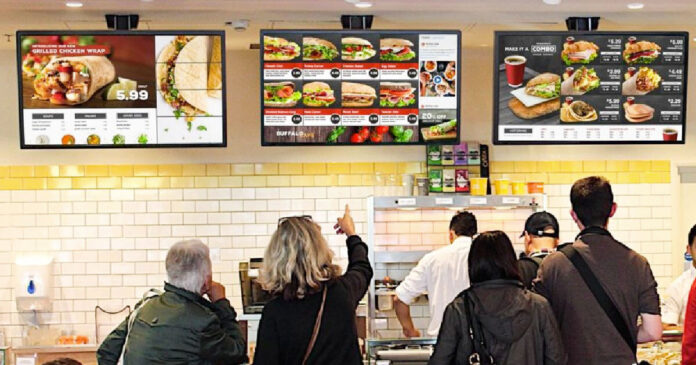
As we stand at the cusp of a digital transformation in the restaurant industry, it’s crucial to understand the implications of this shift for both diners and restaurateurs.
For Diners:
- Enhanced User Experience: Digital menus promise a smoother, more efficient ordering process. With visually appealing designs, high-resolution images, and detailed descriptions, diners will have a better grasp of what they’re ordering, reducing the chance of unwanted surprises when the dish arrives.
- Tailored Recommendations: With the integration of AI and machine learning, digital menus can analyze past order histories to make personalized dish recommendations, enhancing the dining experience and ensuring customers find their new favorite dishes.
- Transparency and Trust: As consumers become more health-conscious and particular about their dietary choices, digital menus can offer a comprehensive breakdown of ingredients, calorie counts, and allergens. This transparency fosters trust and allows diners to make informed choices.
- Seamless Integration with Digital Lifestyle: From paying via digital wallets to sharing their culinary experiences on social media straight from the menu interface, diners can enjoy a dining experience that fits seamlessly into their digital-centric lifestyles.
For Restaurateurs:
- Operational Efficiency: Instant updates to the menu mean no more costs related to reprinting menus or updating boards. If a dish runs out or there’s a special dish for the day, updates can be made in real-time.
- Data-Driven Insights: The digital nature of these menus allows for the collection of data on popular dishes, peak ordering times, and customer preferences. These insights can be invaluable for inventory management, staffing decisions, and promotional strategies.
- Enhanced Customer Engagement: Digital menus can be a platform for engagement, allowing restaurants to showcase behind-the-scenes looks, chef interviews, or stories about sourcing their ingredients. This can foster a deeper connection between the diner and the restaurant.
- Cost Savings in the Long Run: While the initial investment might be significant, in the long run, the savings from printing, the increased efficiency, and potential upsells through smart recommendations can make the investment worthwhile.
Embracing the Digital Dining Revolution
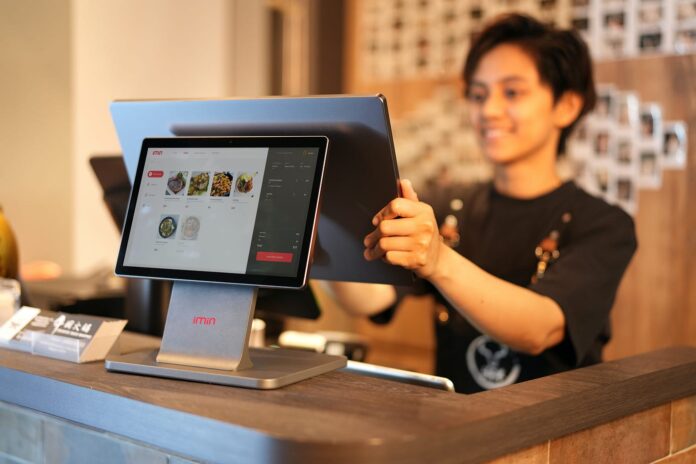
The move from traditional to digital menus isn’t merely a tech-forward trend. It’s an evolution rooted in enhancing the diner’s experience while making restaurant operations more efficient and sustainable.
As we step into a future where technology and dining become increasingly intertwined, embracing the digital dining revolution is not just advisable; it’s essential.

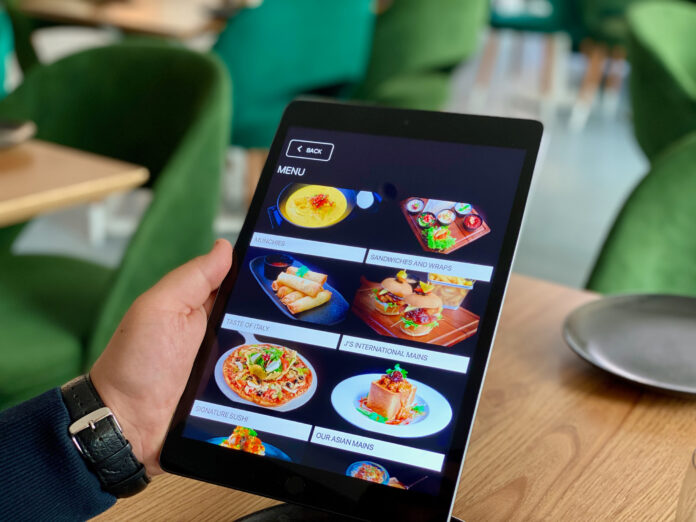



![Calgary’s Hottest Neighborhoods for Luxury Homebuyers [2024]](https://thewashingtonote.com/wp-content/uploads/2024/04/Calgary-324x160.png)



